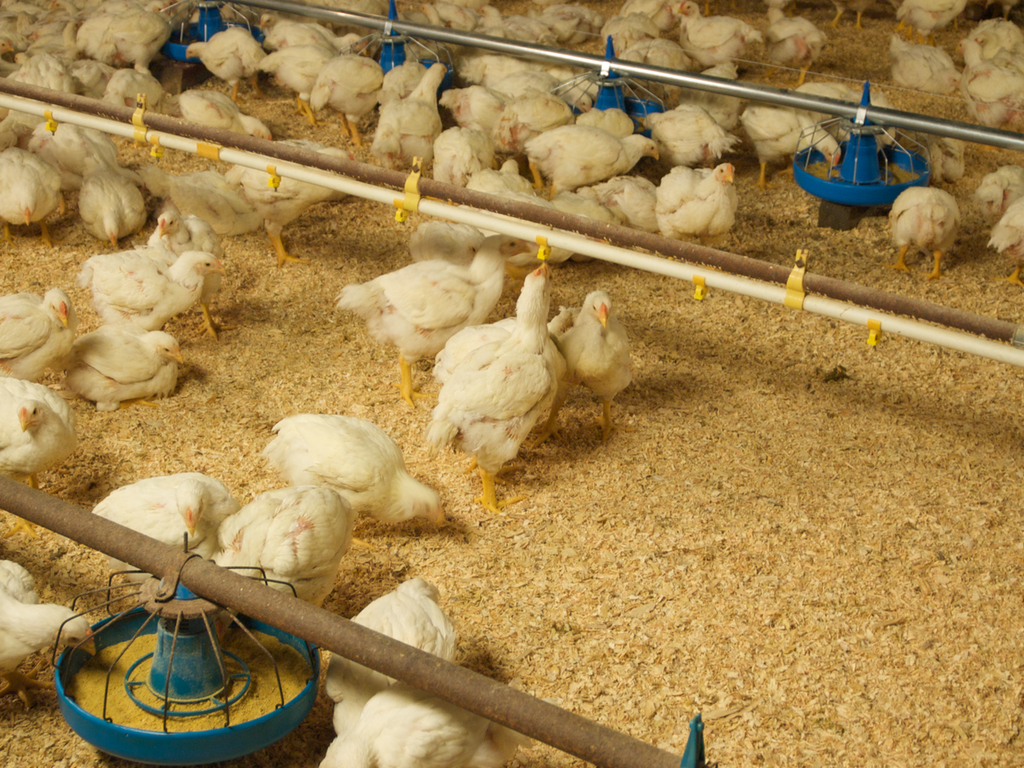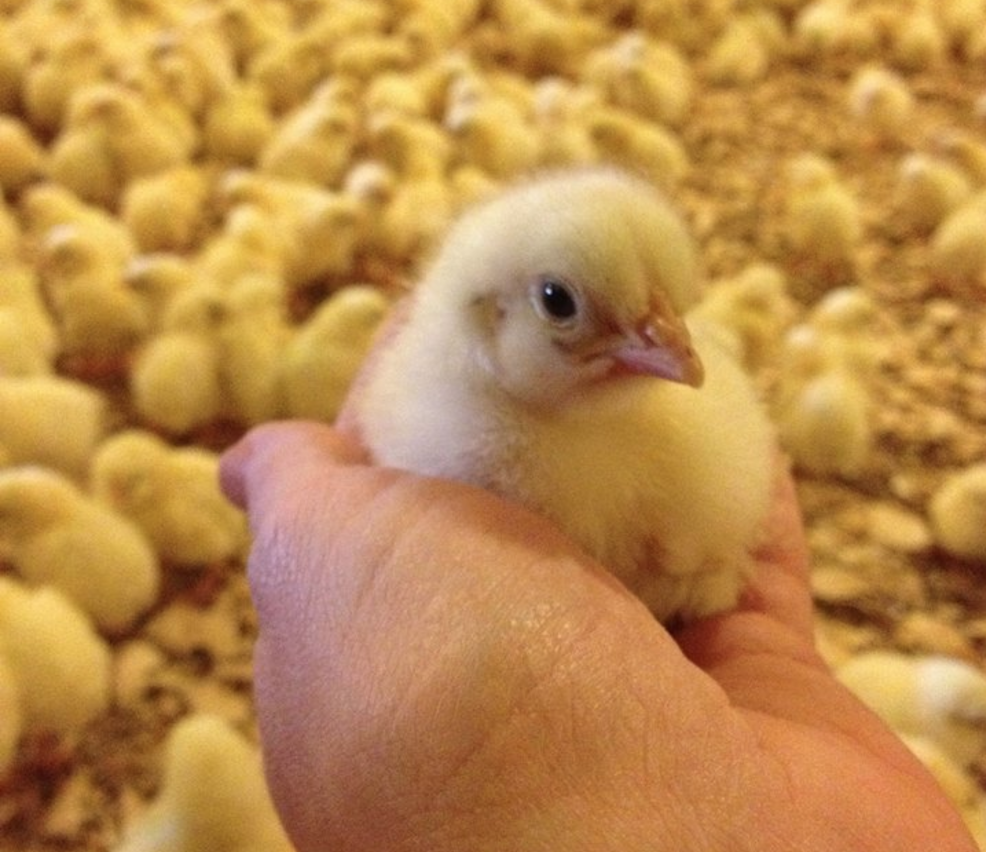3 Reasons Why Antibiotics Are Given to Chickens
With all the attention today on antibiotics and the serious issue of antibiotic resistance, it’s important to understand how and why antibiotics are used on the farm. More specifically, how do antibiotics help chicken farmers deliver on the commitment to provide ethical care and safe, wholesome, affordable food?
While antibiotic resistance is a complex issue, the reasons antibiotics are a necessary and vital part of modern agriculture are simple, straightforward and guided by the belief that antibiotics must always be used responsibly.
The animal health community, farmers and veterinarians collaborated to change how antibiotics are administered in agriculture. The changes that took effect this year ensure that antibiotics important to human medicine are used only for disease treatment, prevention and control in animals, not growth promotion. And, treatment often requires a veterinary feed directive – essentially a prescription from a veterinarian.
With responsible use as the base, there are good reasons farmers give antibiotics to chickens (and other animals raised for food), food safety included. Let’s explore the top three reasons for antibiotic use.
1. Antibiotics help keep chickens healthy, which helps ensure safe, healthy food.

Antibiotics help make food safe by keeping chickens healthy and reducing bacteria entering the food supply. Consumers can be confident food from animals treated with antibiotics is safe because the Food and Drug Administration has a rigorous approval process for animal medicine, just as it does for human medicine.
The FDA not only examines a drug’s effectiveness, but also confirms that meat, milk and eggs from animals treated with an antibiotic are safe for us to consume, aided by routine testing and withdrawal periods.
There seems to be a widespread misconception that when people eat meat from chickens that have been treated with antibiotics, they are also consuming the medicine with which they were treated. In reality, there are multiple safeguards in place to ensure safety.
Before an antibiotic is approved for use in chickens and other food animals, extensive studies determine how long antibiotics take to leave an animal’s system.
By law, animals given an antibiotic cannot be processed until the “withdrawal period” ends to ensure the antibiotic has left the animal’s body. This is verified by the U.S. Department of Agriculture and meatpackers’ routine testing of chicken meat before it leaves the processing plant to ensure there are no unsafe residues.
2. Antibiotics prevent animal suffering.
Like humans, chickens sometimes get sick from bacterial infections which can be accompanied by pain and suffering. When a veterinarian can treat sickness to stop suffering, it’s the ethical thing to do.
I’m a veterinarian, and I took an oath vowing to use my scientific knowledge to protect animal health and relieve animal suffering.
The American Veterinary Medical Association says antibiotics are one of the most important tools veterinarians use to protect human and animal health. Doctors of veterinary medicine, like medical doctors, work to ensure antibiotics are used responsibly to reduce the risk of resistance.
3. Antibiotics are part of sustainable production.

Responsible use of antibiotics helps keep chickens healthy and minimizes the impact on the environment. Left untreated, sick chickens grow more slowly, requiring more food and water. Then more grain must be grown for feed, which requires more fertilizer, water and acres of land. So, sick birds have a larger environmental impact while healthy ones use fewer natural resources.
Practices that allow us to treat sick chickens, resulting in the use of fewer natural resources, are good for the environment and good for everybody.
Here’s a good example of how and why antibiotics are used in chickens. One of the most potentially devastating diseases in poultry is called coccidiosis, caused by coccidia (microscopic protozoa). The normal gut environment of a chicken is disrupted, impeding a bird’s ability to absorb important nutrients. This can result in a secondary bacterial infection, unnecessary suffering and even death.
A class of antibiotics called ionophores and another group of medicines, non-antibiotic coccidiostats, are used to prevent this disease and are not used in humans. Most chickens are given these treatments to prevent this intestinal disease, thus preventing the overuse of potentially medically-important antibiotics in the treatment of sick birds.
Antibiotics are one of many tools veterinarians and farmers use to promote animal health. Their responsible use helps all of us. The animal health community is working to limit the use of antibiotics, envisioning a future where multiple tools are used to keep chickens and other food animals healthy. We strive to find new solutions, while recognizing there remain times when responsible use of antibiotics is the right thing to do.
Meet the author, Dr. Leah C. Dorman:
Dr. Dorman is a member of the American Veterinary Medical Association, U.S. Animal Health Association and National Institute for Animal Agriculture and has been trained as a Foreign Animal Disease Diagnostician. She works for Phibro Animal Health as director of food integrity and consumer engagement. She lives on a family farm in Ohio.

